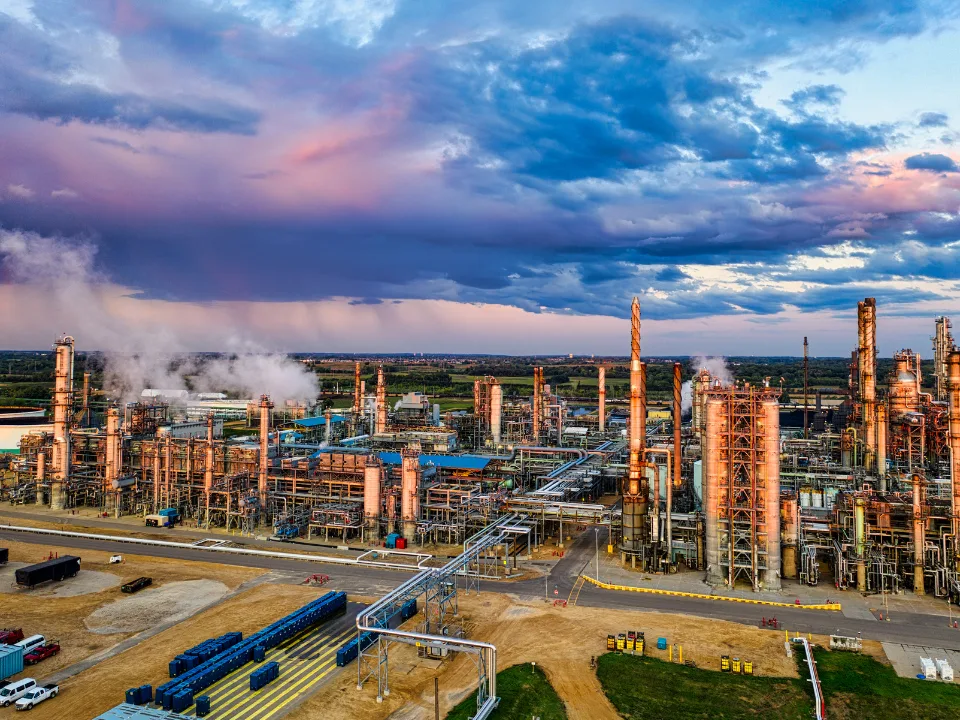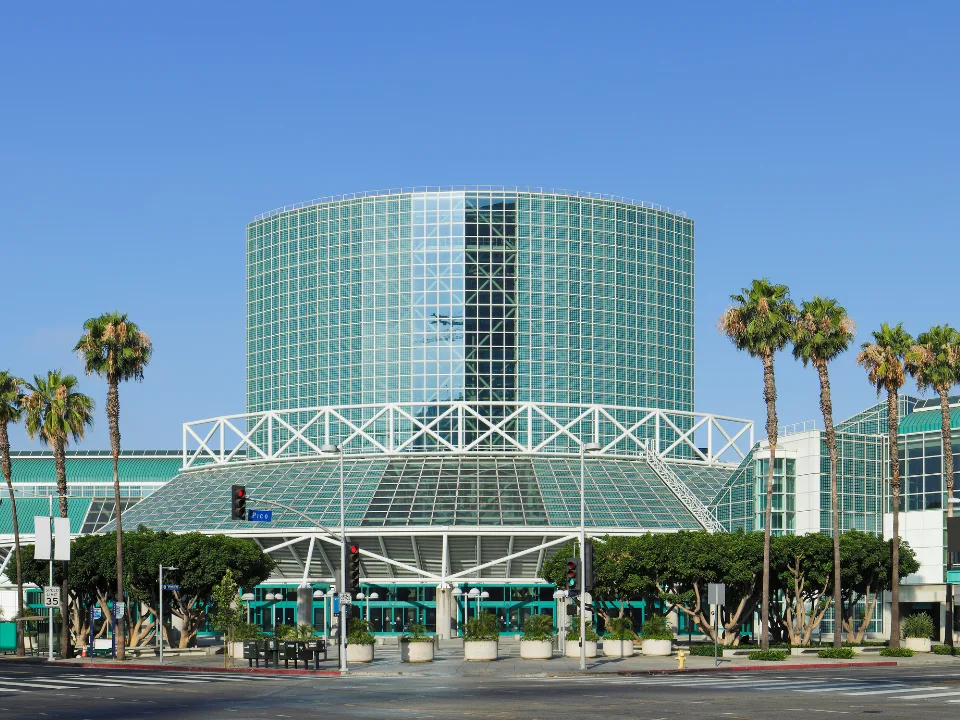- Trump’s renewed tariffs are accelerating interest in US manufacturing but creating uncertainty that delays real estate and expansion decisions.
- Manufacturers now make up 19% of industrial space demand, a 354% increase since 2018, with projections hitting 25% by 2028.
- Power constraints and long lead times for key components like transformers are major bottlenecks for new facility development.
- Despite volatility, investor confidence in domestic manufacturing is growing, with many seeing reshoring as a long-term trend.
Tariffs, Uncertainty, and Opportunity
President Donald Trump’s latest round of tariffs, announced earlier this week, has reignited efforts to rebuild the US manufacturing base — a move that could significantly boost demand for industrial real estate, according to Bisnow.
However, for companies like Astrak US, the sudden and sweeping nature of the policy shift has introduced more chaos than clarity.
“There’s just not enough time, too much uncertainty,” said Calum Mair, Astrak’s commercial director. “People are going to be challenged.”
The administration’s 90-day pause on reciprocal tariffs is being viewed as a brief reprieve — not a policy pivot. Key levies, including a 145% tariff on Chinese goods and 25% on steel, aluminum, and autos, remain untouched.
Manufacturers Push Forward — Cautiously
Some companies, anticipating these moves, acted early. Hapi Homes CEO Mary O’Brien decided last summer to ditch foreign suppliers and go fully domestic, even adding a steel foundry and reworking logistics to keep timelines intact.
“We decided to flip everything,” she said. “It was worth the increase to gain full control over product quality and delivery.”
Others are holding off. Economists say uncertainty is prompting a wait-and-see approach among executives considering US expansion. Building a multibillion-dollar factory demands a stable outlook — and today’s climate offers anything but.
Onshoring Trend Still Gaining Ground
Despite the volatility, manufacturers continue expanding stateside. According to JLL, manufacturers accounted for 19% of all industrial space demand in 2024 — up 354% from 2018 — and are expected to reach 25% by 2028.
“Manufacturing in-region is really the future of manufacturing,” said Greg Matter, JLL’s head of advanced manufacturing.
Trump’s earlier tariffs and Biden’s pro-manufacturing legislation — including the CHIPS Act and Inflation Reduction Act — have pushed demand to new highs. But with limited available land and growing power demands, developers face a tough road.
Get Smarter about what matters in CRE
Stay ahead of trends in commercial real estate with CRE Daily – the free newsletter delivering everything you need to start your day in just 5-minutes
Power, Permitting, and Planning Delays
Speed to market is a top priority, but building a new factory can take three to five years. Some companies are now opting to retrofit existing warehouses to accelerate timelines — provided they can secure power.
Energy access is a growing issue. With AI data centers competing for grid capacity and year-long waits for critical components like transformers, infrastructure hurdles are piling up.
“The demand for power has really been unprecedented,” Matter said.
Looking Ahead
Despite mounting concerns, real estate experts see long-term upside. PwC’s Tim Bodner said Trump’s tough trade talk has attracted new capital and intensified reshoring efforts — even with the risks.
And some believe short-term discomfort may be necessary to achieve lasting gains.
“At the end of the day, it’s pain that drives change,” said Brandon Pappas of Lee & Associates. “My hope is that the US ultimately benefits through stronger trade deals and a wave of reshoring.”
Why It Matters
Trump’s tariffs are adding urgency — and uncertainty — to the US manufacturing revival. While some firms are racing to build domestic capacity, others are paralyzed by unpredictability. The outcome could reshape America’s industrial real estate landscape for years to come.














